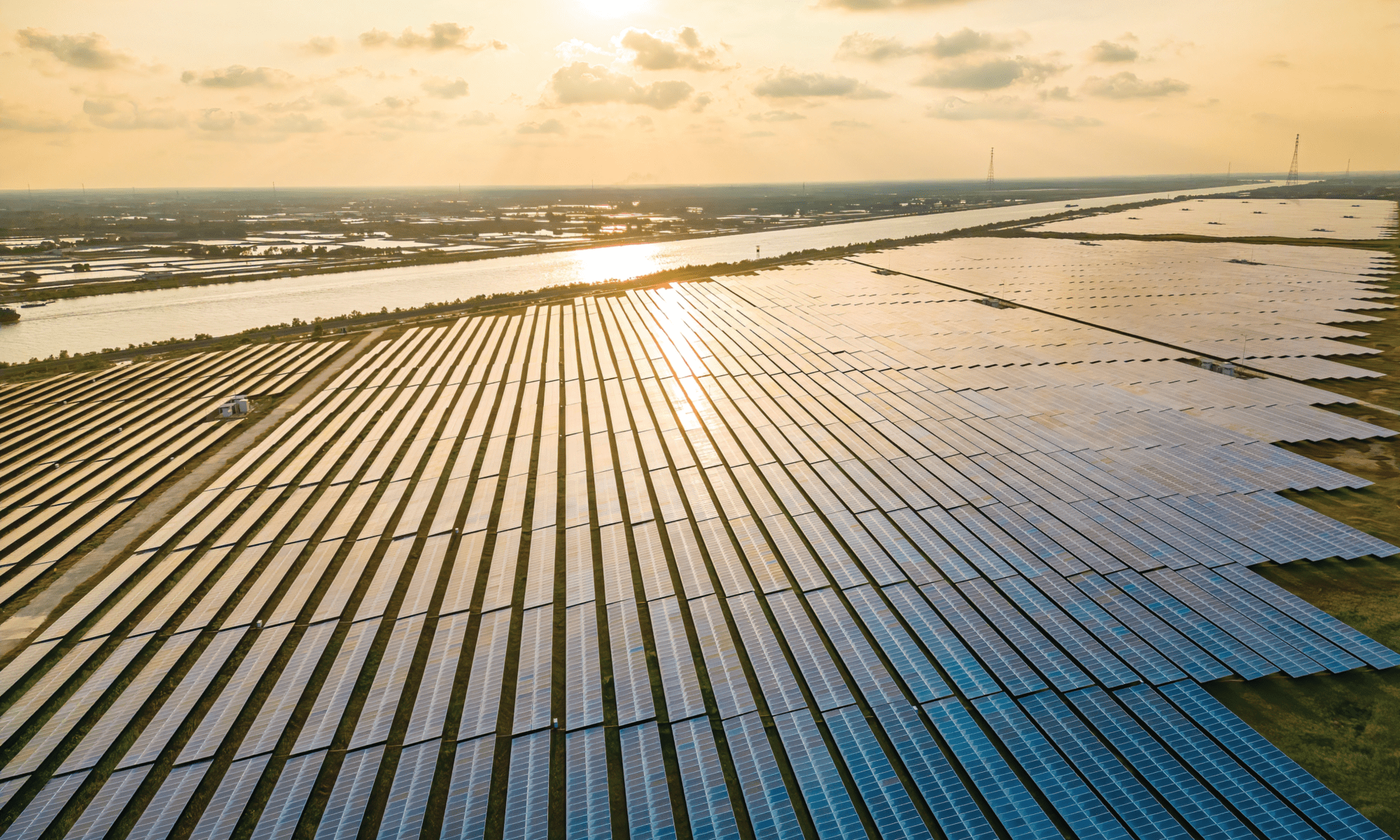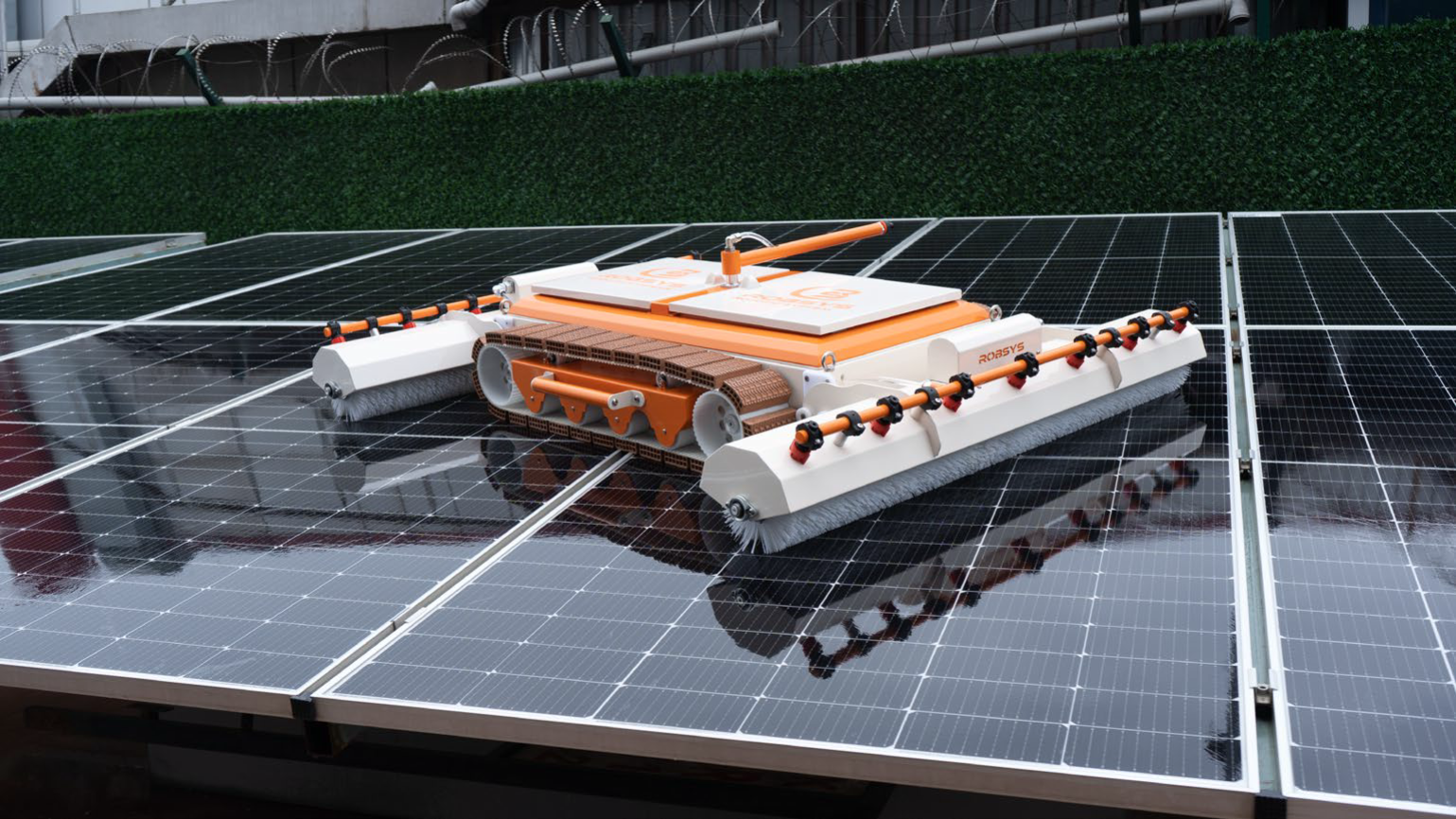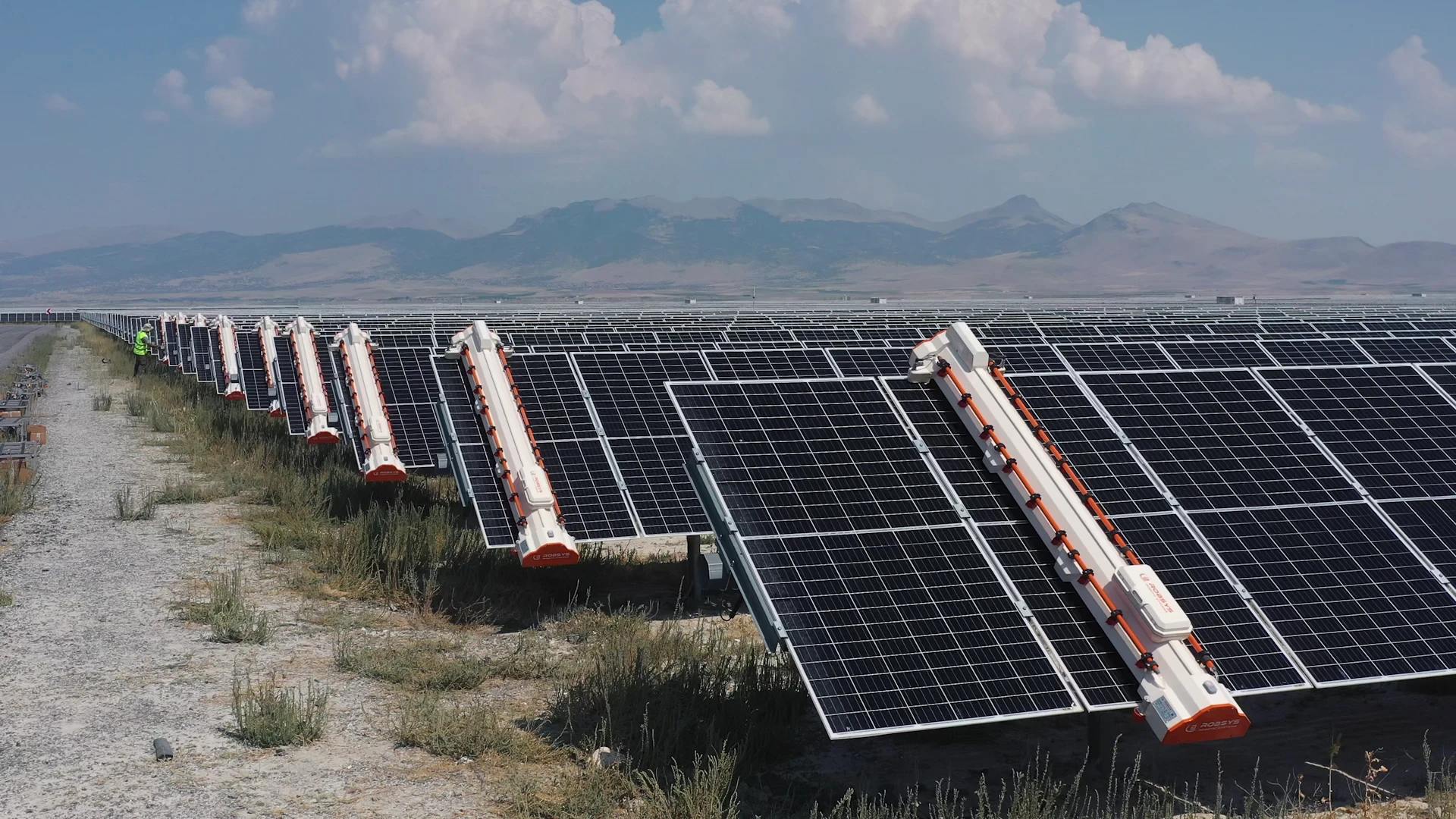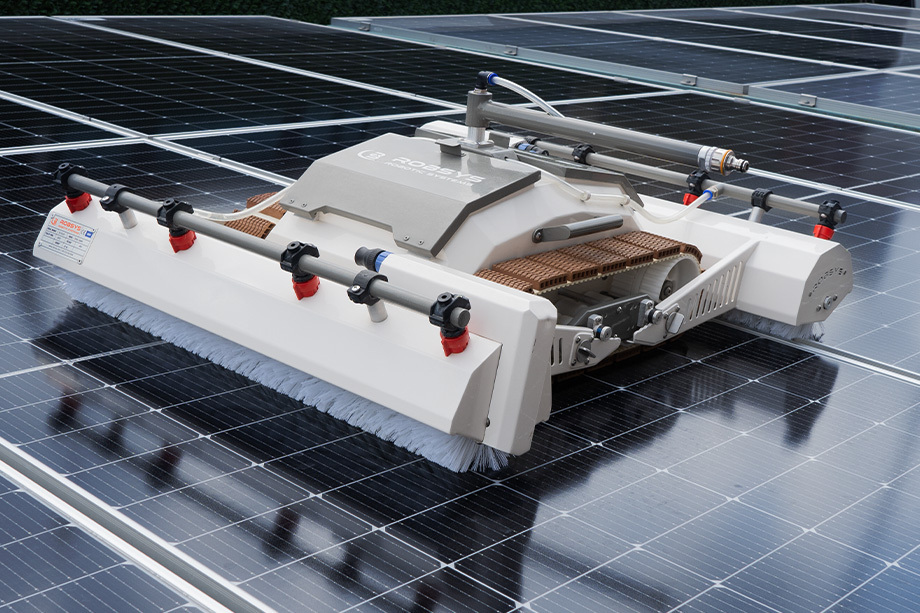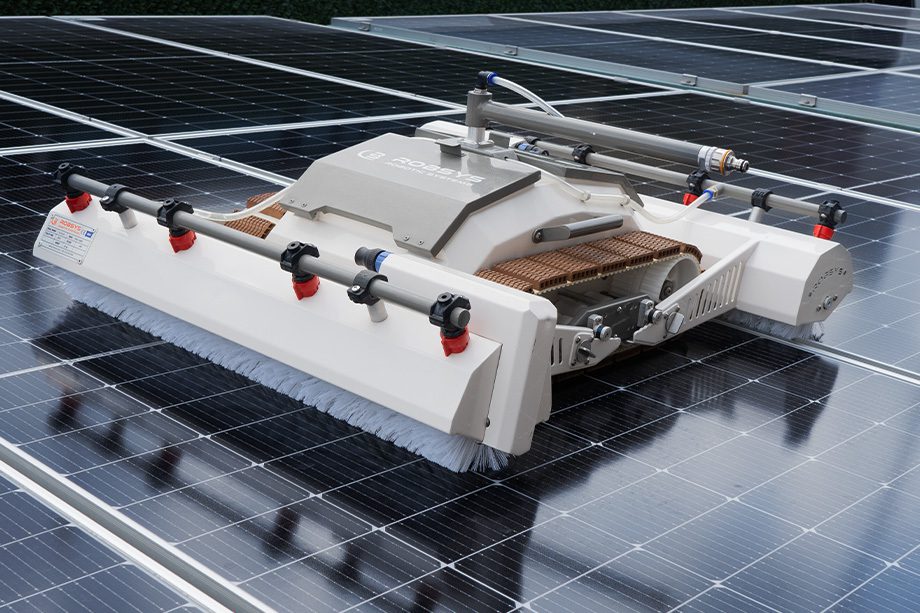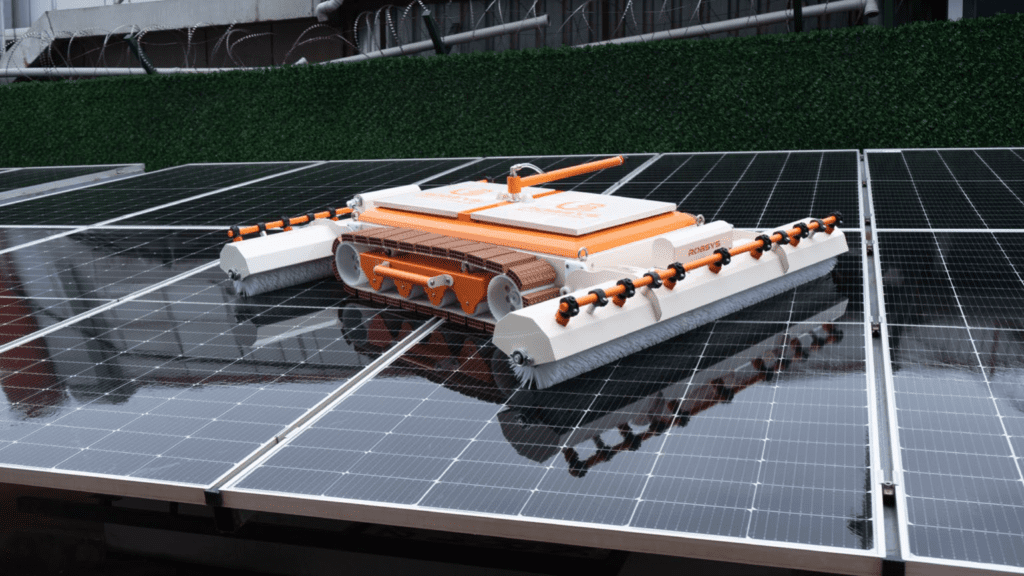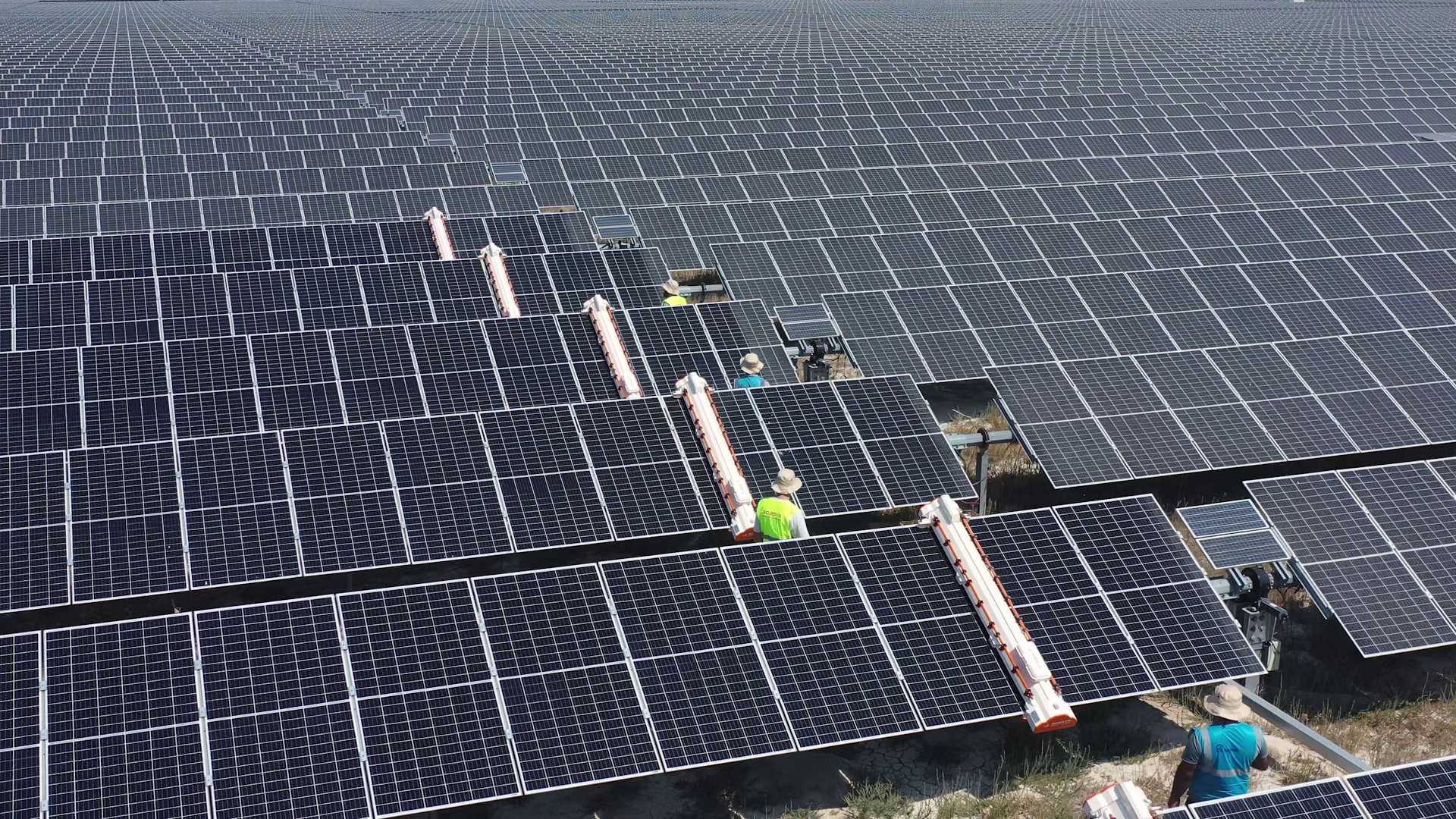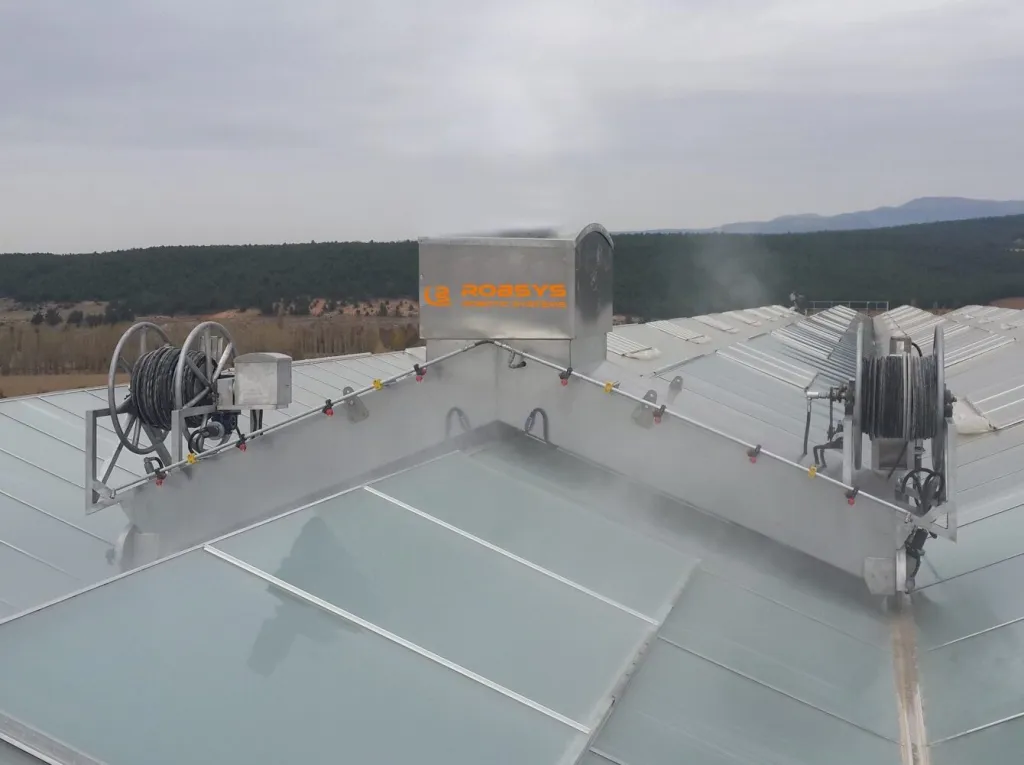Advantages of Robotic Cleaning for Solar Panels
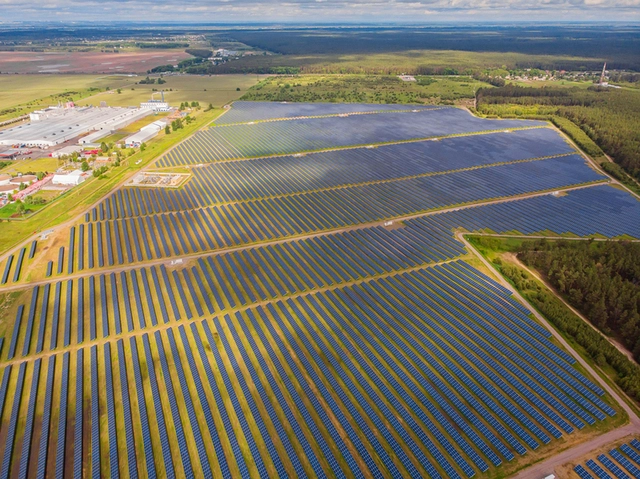
Solar energy is increasingly preferred among renewable energy sources. However, to maintain optimal performance of solar panels, regular cleaning and maintenance are required. Traditional cleaning methods are often labor-intensive and time-consuming. This is where robotic cleaning systems come into play, offering numerous advantages.
- Increased Efficiency: When the surface of solar panels is covered with dirt and debris, light transmission is reduced, and energy production drops. Robotic cleaning systems can reach every corner of the panels and perform cleaning with maximum efficiency. This ensures that energy production remains consistent and at its highest level.
- Time and Labor Savings: Traditional cleaning methods are typically labor-intensive and time-consuming. Robotic cleaning automates these tasks, reducing the need for human labor and completing the cleaning process more quickly.
- Low Water Consumption: Some robotic cleaning systems are equipped with technologies that minimize water usage. This is particularly advantageous in regions with limited water resources. Water savings provide both environmental and economic benefits.
- Safety: Solar panels are often installed in high locations, making cleaning potentially risky. Robots can safely access these elevated and hard-to-reach areas, preventing accidents that may occur during manual cleaning.
- Low Maintenance Costs: Robotic cleaning systems are generally long-lasting and require minimal maintenance. This reduces operational costs and ensures the system’s long-term performance.
- Continuous Monitoring and Reporting: Modern robotic systems can monitor and report the condition of the panels while performing cleaning. This feature allows for regular evaluation of panel performance and provides early intervention when needed.
- Suitability for Complex Surfaces: Solar panel designs and installations can vary widely. Robotic cleaning systems can adapt to different panel structures and configurations, providing effective cleaning across all surface types.
In conclusion, robotic cleaning systems make solar panel maintenance more efficient, safe, and cost-effective. They increase energy efficiency while reducing costs and labor needs. As the importance of robotic cleaning systems continues to grow, they play a crucial role in ensuring the long-term durability and high performance of solar energy facilities.
Prepared by: Batuhan Mert LAÇİNKAYA
For your questions: batuhanlacinkaya@rob-sys.com
Date: 24.12.2024
The entire content of this website, including but not limited to code, design, text, images, videos, and all other elements, is protected under the provisions of Law No. 5846 on Intellectual and Artistic Works and applicable legal regulations. Any unauthorized copying, reproduction, dissemination, publication, or use of such content, whether for commercial or non-commercial purposes, shall result in legal proceedings.

